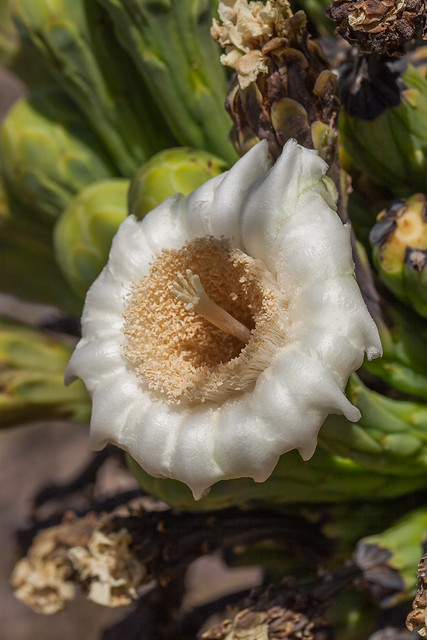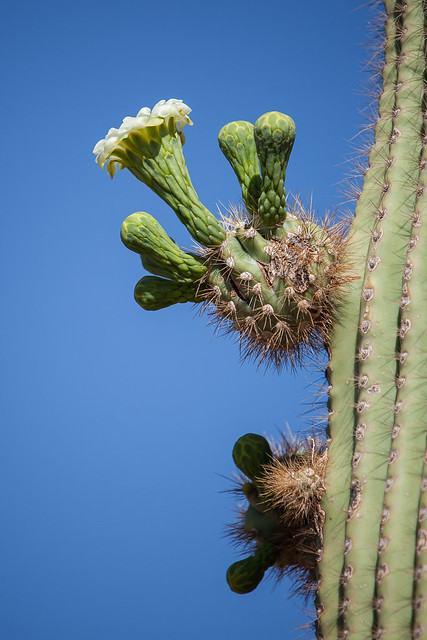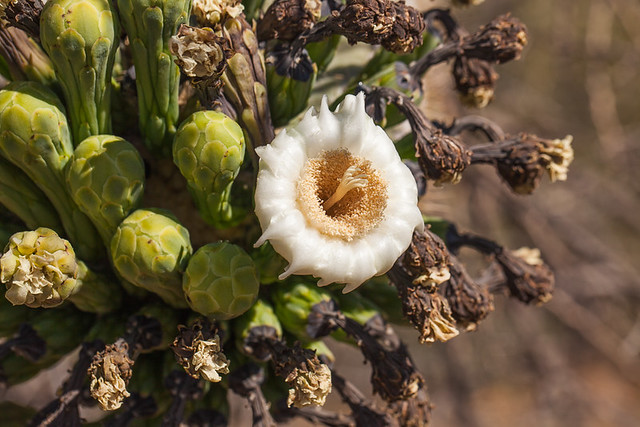
https://www.circologhislandi.net/en/conferenze/Tramadol Order Cod Saguaro Flower – Like A Wax Specimen ©2014 Bo Mackison
A saguaro forest is awe-inspiring any time of the year.
But it is even more spectacular during May and June when many saguaros are topped with highly decorative, three-inch wide yellow-centered, white blossoms.
The flowers open at night.
They are highly fragrant, like overripe fruit, and attract the lesser long-nosed bat, a nocturnal creature and its most prolific pollinator. Flowers stay in full bloom throughout the next morning, then they quickly shrivel into a crispy brown shell.
Many saguaro, especially the older ones, have hundreds of flowers. Only a few flowers bloom in a single day, yet the saguaro flowering season lasts eight to ten weeks.
Bats are ideal pollinators.
Since the flowers are positioned high in the air, they are easily accessible to the swooping bats plus the blossoms are extremely durable – they look like they are dipped in wax! – and are able to withstand the bat’s weight.
The flowers produce some nectar after sunrise, and so also attract bees and doves during the day, but to a lesser degree.
A few flowers bloom at eye level, especially on cacti whose arms are drooping towards the ground.
The blossoms that are pollinated develop into deep red, fleshy fruits in late June.
Not only do the fruits feed the bird and animal populations of the desert, they are also a traditional food of the Tohono O’odham. These people once harvested the fruits using long poles fashioned from cactus ribs. The tradition still persists, though on a limited basis.











Fabulous photos of these incredible blossoms! Visiting the SW in May I’ve seen these blossoms high atop the statuesque saguaros but was never able to see them the way you’re showing them. Yes, luck and persistence is key, and thank goodness you have a camera and know how to use it! I’ve always wanted to witness the bat pollination process but saw a program about it once on Discover….back when they used to actually air programs about discovering nature. Ahem, but I digress. GREAT post! The waxiness of the blossoms is fascinating!
Pretty awesome. I’d love to see them in bloom.
Amazing life here – thanks for sharing!